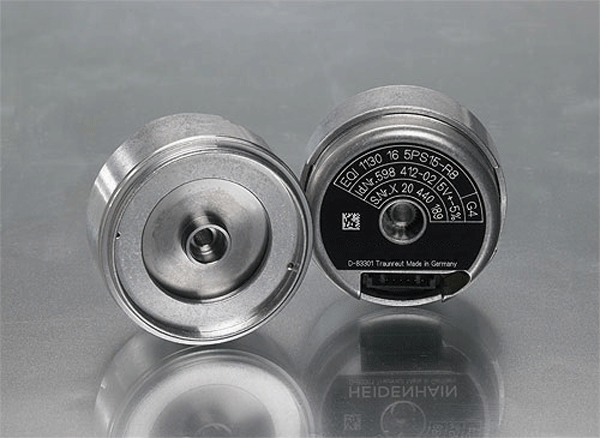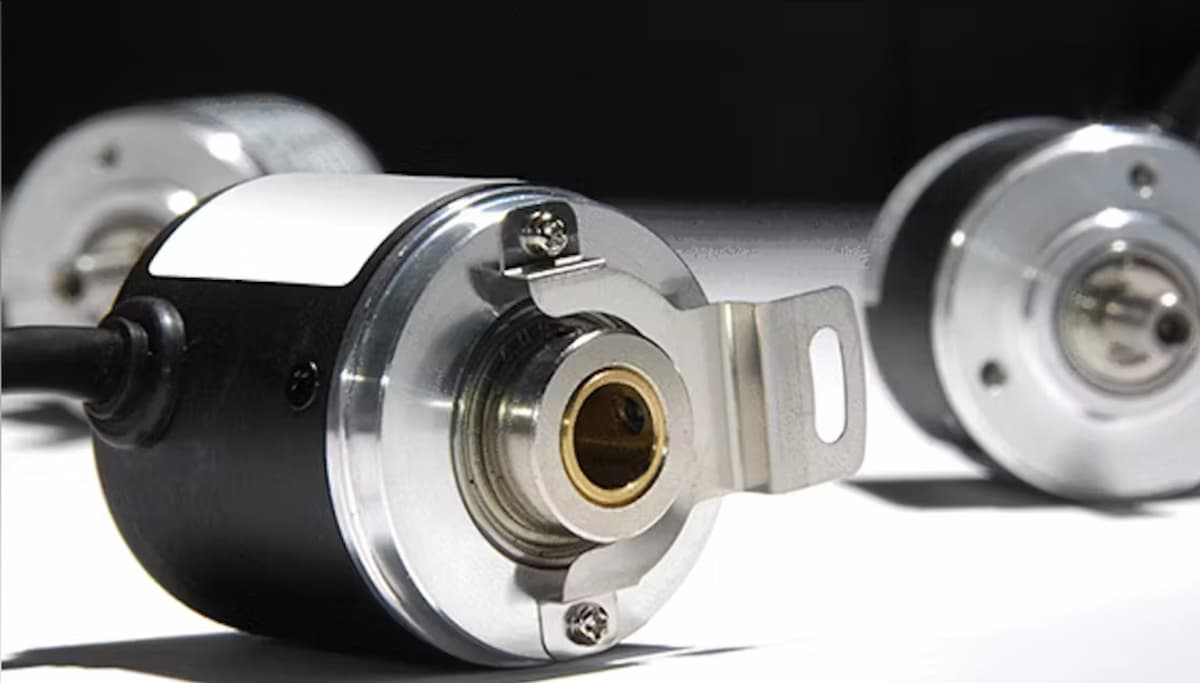Motion control plays a huge role in the industry by ensuring repeatable and precise indication of a machine moving parts. In other words, thanks to today’s up-to-the-minute motion control methods, accurate and quick movements are provided into the machine process, which is certainly of the utmost importance for fast-rate manufacturing, less costs and greater level of flexibility.
The new, modern motion control methods require the use of special devices that have the ability to synchronize, organize and keep all the moving parts of a machine at a given pace. The two prevalent and most commonly used devices for motion control that work perfectly for the above-mentioned purposes, are the resolver and the encoder.

RESOLVER EXPLAINED
The resolver is an electromechanical device, used to convert the mechanical motion into an electronic signal. Frequently described as a ‘small transformer’, the resolver features one primary and two secondary windings. The primary winding, also called rotor, is located on the shaft of the resolver. On the other hand, the two secondary windings are phased at 90 mechanical degrees.
One of the main characteristics of the resolver, is the number of speeds it features. The speed number equals the number of amplitude modulated sinusoidal cycles in just one resolver revolution. The recommended (in some cases even required) multiple speed is achieved by increasing the number of magnetic poles in both stator and rotor equally and consequently. Normally, the maximum speed number is determined by the size of the resolver and it is done to increase the level of accuracy. If space capacities allow, by mounting a single-speed resolver onto a multi-speed resolver, the user may expect high accuracy levels and absolute benefits.
ENCODER EXPLAINED
Encoders are versatile, small-sized devices that come in two main models:
- Incremental Encoder – Its work is based on the use of external electronics that need to interpret the exact position according to the device’s count of events. The incremental encoder features three main types of outputs:
– Single square wave – (A);
– Phased square waves – (A and B);
– Phased square waves and an index or one pulse per revolution – (A, B, & Z).
- Absolute Encoder – This type of encoder is used to provide the information about the exact angle of rotation with respect to a fixed device. Absolute encoders feature a binary pattern which does not repeat during the revolution, thus giving the encoder its absolute attributes. If a special feature called ‘gear train’ is used to track the encoder’s number of rotations, this special model is called ‘multi‐turn encoder’.
